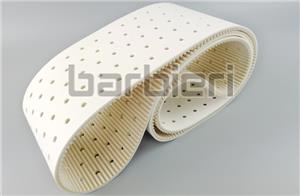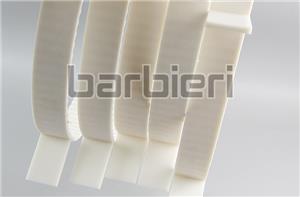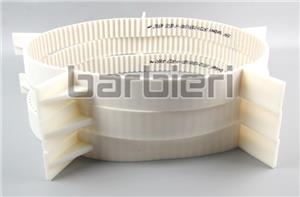Why do timing pulley need surface treatment? How to choose the surface treatment method for synchronous pulley
During use timing pulley will inevitably be eroded and corroded by various environmental factors, which will cause damage to the timing belt surface and affect transmission efficiency and precision. In order to improve the performance of the timing belt and extend its service life, the surface treatment of the timing belt is an indispensable link. The main function of the timing belt surface treatment is to improve the wear resistance and corrosion resistance of the surface, and also to a certain extent improve the aesthetics of the product.
Timing belt has various surface treatments: blackening, phosphating, oxidation, galvanizing, nickel plating, soft nitriding, etc. Each of these processing methods has its own characteristics and applicable scenarios.
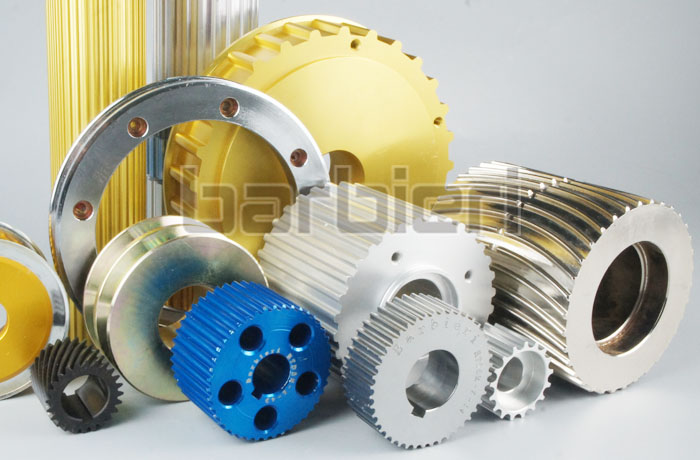
Blackening is a commonly used form of rust prevention treatment. It forms an oxide film on the metal surface through chemical reaction, isolates the air, and achieves the purpose of rust prevention; Phosphating treatment forms a phosphate chemical conversion film through chemical and electrochemical reactions to improve the corrosion resistance and wear resistance of the synchronous wheel; Anodizing, especially hard anodizing, can increase the hardness and corrosion resistance of the synchronous wheel surface; Galvanizing forms a uniform and dense metal deposition layer on the surface of the synchronous wheel, which not only prevents atmospheric corrosion but also serves as decoration; Nickel plating provides superior corrosion resistance, hardness, weldability, magnetism and decoration; Nitriding treatment enhances the corrosion resistance and surface hardness of the synchronous wheel.
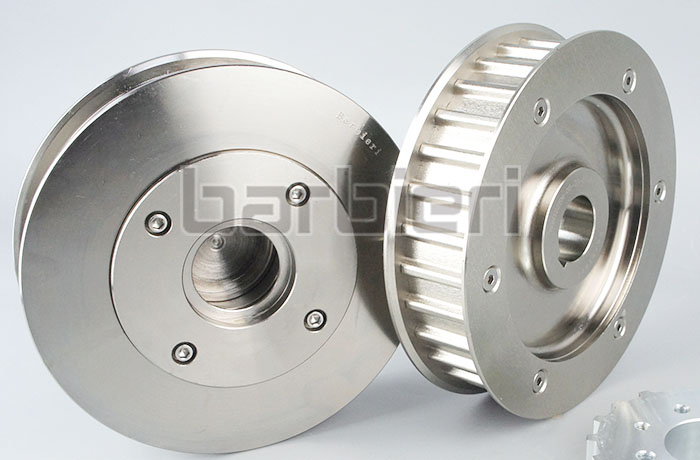
When choosing the treatment method for Timing belt pulley, the following factors need to be considered:
1. Material of the synchronous wheel: Synchronous wheels of different materials require different surface treatment methods.
2. Use environment: According to the use environment of the synchronous wheel, select a suitable surface treatment method to improve its corrosion resistance and wear resistance.
3. Cost: Consider the ratio of surface treatment cost to the total cost of the synchronous wheel and select a treatment method with the highest cost performance.
4. Technical requirements: Select the corresponding surface treatment method according to the technical requirements of the synchronous wheel, such as accuracy, hardness, etc.
- Polyurethane Timing Belt
- Annular Timing Belt
- Open-end Timing Belts
- AT-series Timing Belts
- T-series Timing Belts
- STD-series Timing Belts
- HTD-series Timing Belts
- RPP-series Timing Belts
- TT5-series Timing Belts
- Imperial Series Timing Belt
- Supported Polyurethane Flat Belt Series
- Double Sided Timing Belt
- ATN-series Timing Belts
- Timing Belt With Backing
- Timing Belt With Fabric
- Timing Belt Punching
- Polyurethane Self-tracking Timing Belt
- Polyurethane Belt With Profile
- Special Processing Timing Belt

